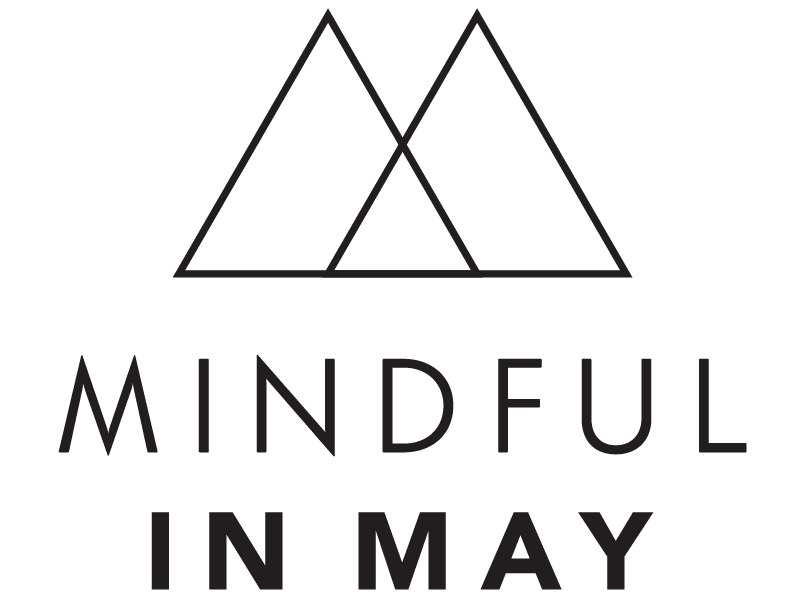Day Ten
DAY 10: Dr Elise Bialylew interviews
Bob Stahl
You’ll learn:
- How mindfulness can help us meet difficult moments with more ease.
- How mindfulness can help us navigate decision making.
- Why feeling discomfort in meditation can be a good thing.
- How to manage a common meditation obstacle.
Prefer to listen, rather than watch? Click the play button below.
[accessally_missing_any_tag tag_id='895' comment='MLP22']Want to read the transcript from this interview? Mind Life Project members receive access to interview transcripts and 6 months of mindfulness support, live meditations, and more
[accessally_has_any_tag tag_id='895' comment='MLP22']Mind Life Project bonus content:
Click here to download the transcript from Dr Elise Bialylew's interview with Bob Stahl.[/accessally_has_any_tag]
Your meditations for today
Body scan meditation By Bob Stahl
Bonus: This meditation is available for you to download and keep.
A Meditation for children
Sleep For Kids with Susan Kaiser Greenland
Susan Kaiser Greenland is an internationally recognized leader in teaching mindfulness and meditation to children, teens, and families. She played a foundational role in making mindfulness practices developmentally appropriate for young people and helped to pioneer activity-based mindfulness with her first book The Mindful Child. Her second book, Mindful Games, offers simple explanations of complex concepts, methods, and themes while expanding upon her work developing activity-based mindfulness games. In addition, Susan has recorded a series of brief guided meditations for grownups entitled Mindful Parent, Mindful Child.
MANAGING OBSTACLES THAT ARISE IN MEDITATION
There are five obstacles that can commonly arise in our meditation practice (and in life!), and they were described thousands of years ago in the ancient meditation texts.
They can throw us off track, creating a very unsettled mind and, at worst, leading us to give up entirely.
They are:
- Desire or craving and wanting.
- Aversion - not wanting.
- Lethargy.
- Restlessness.
- Doubt.
We explore these obstacles in greater detail through my 6-month mindfulness program after Mindful in May here. It’s a truly incredible opportunity to continue to deepen your learning beyond May.
But we will explore the first obstacle - desire or craving - today because it’s a “big” one!
Desire or craving is the force that makes this present moment feel unsatisfying. We long for things to be different from how they are right now.
This is one of the common obstacles that arises in our meditation practice, and during meditation, we have the opportunity to practise observing our desire or cravings rather than acting upon them.
Today when you meditate, be aware of the different cravings or desires that come up.
These might be:
- A desire for a thought to go away.
- A desire for a feeling to go away.
- An urge or craving to get up and do something.
- An itch.
See if, rather than acting upon the craving or desire, you can just sit with that feeling and observe it.
Through focusing our attention on the feeling of craving, rather than the object that we crave, mindfulness becomes the surfboard that allows us to ride the wave of craving with awareness, rather than an unconscious tumble into old habits that keep us stuck.
Our cravings offer us another opportunity to put mindfulness into practice in everyday life. Try these mindful ABCs to meet your cravings with mindfulness.
In everyday life, these cravings may arise as the urge or desire to:
- Check social media
- Eat chocolate
- Drink alcohol
- Avoid being alone
Just start to become aware of what personal cravings have a hold on you, and see if you can practise mindfully observing them.
Here are four steps to managing your cravings mindfully:
A = Acknowledge that a craving is present.
B = Be open and breathe. Be open to the experience of craving and allow it to be exactly as it is. Don't push it away. Just bring your attention to your breath and use the outbreath to release any tension in your body that may be associated with the emotion.
C = Curiously explore. Bring curiosity to the physical feeling of craving. Where do you experience craving in your body?
Stay with the feeling of craving and notice how it naturally rises, peaks and falls over time. Imagine it as a wave in the ocean: building, reaching its peak, and then disappearing back into the calm water.
If you are participating in the Facebook group, share what you notice after experimenting with this practice, or head over to Instagram, making sure you hashtag with #mindfulinmay so we can find your post.
stay on track
[progressally_objectives]
[progressally_progress_pie_chart size="80"]







